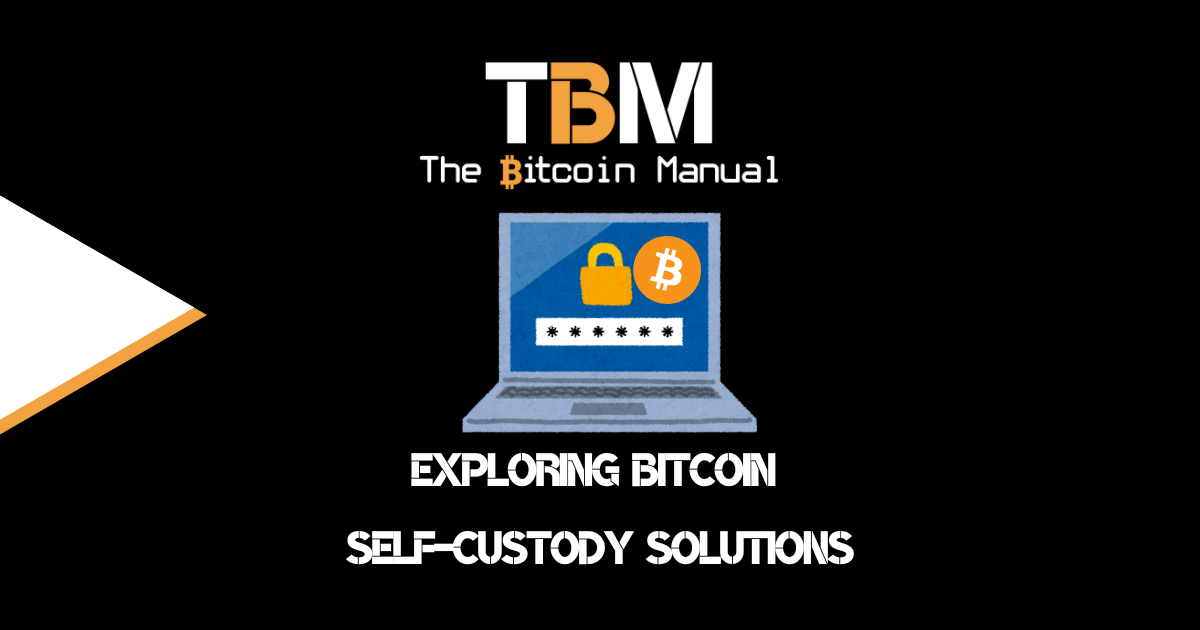The arrival of spot Bitcoin ETFs in the US in January 2024 was a big deal for many boomers, traditional investors, and those who feel the technical self-sufficiency aspect of Bitcoin is out of their league. The spot ETF offers mainstream investors a regulated way to gain exposure to the best-performing asset of the last decade; in the same way, many investors are used to owning assets through paper claims with a 3rd party custodian.
All an investor needs to do is log in to their preferred brokerage account or speak to their broker, find out which ETFs are supported by their custodian and sanction a purchase. These ETFs make it easier for retail investors to get Bitcoin exposure and open the doors for large investment firms, pension funds, and companies.
But while these ETFs have opened doors, there’s one key feature still missing: Options. Now that there is a regulated version of Bitcoin, why can’t you place bullish or bearish bets on Bitcoin through these funds?
What are Spot Bitcoin options for?
Options are derivatives that have proven to be essential for institutional investors looking to hedge risk. An option is a contract representing the right to buy or sell a financial product at a certain price for a specific period. It allows investors to execute more complex trading strategies and manage risk better.
Options on ETF are an industry standard, with the average daily volumes amounting to roughly 17.9 million contracts in 2023, according to Options Clearing Corporation (OCC) data — a 12% increase from the prior year.
Options are a relatively lower-cost investing tool that lets buyers get into these investment funds without directly dealing with the volatile Bitcoin market. These products can also attract investors who want to bet on a particular narrative or speculate on an upcoming event.
The spot Bitcoin ETF is the base asset, and adding options trading is a smart move from a business point of view; it will not only generate more interest in the base asset but also generate more fees and trading opportunities and even be the future catalyst for a lending market where you could earn a yield on Bitcoin ETFs.
Why Can’t You Bet on Bitcoin ETFs (Just Yet)?
The dilemma is who has to manage the approval; does it lie with the CBOE or the SEC? This dual regulatory engagement adds a layer of complexity and potential for what some call regulatory headaches.
The SEC oversees technical rule changes that exchanges must make to list options. Still, because regulators view bitcoin as a digital commodity, spot bitcoin ETF options may also require approval from the Commodity Futures Trading Commission (CFTC), which oversees commodity derivatives.
Without a clear path forward and questions about jurisdiction and oversight, it could take some time before markets see approved options.
Regulatory hurdles
The CBOE Options Exchange submitted a proposal to the SEC on Jan. 5 to list options on exchange-traded products (ETPs) that hold Bitcoin. In normal circumstances, the CBOE generally permits listing options on ETPs three days after they start trading.
Unfortunately, like everything Bitcoin, there’s a notable caveat, and these rules don’t apply to products holding commodities like BTC, the company said in a filing.
Market manipulation
Bitcoin Spot ETFs are a new product; having a security holding an underlying digital commodity for the first time will have unique considerations. Just because there is a regulated product does not have anything to do with the wider Bitcoin network that settles transactions on the blockchain every 10 minutes and where Bitcoin can be traded globally.
The Securities and Exchange Commission (SEC) remains concerned about potential manipulation in the underlying Bitcoin market. The call for patience and prudence seems wise to give this product a few more weeks or months to see how capital flows and how the market reacts and to build up a track record with investors before allowing additional derivatives.
Underlying asset
Spot Bitcoin ETFs hold actual Bitcoin, unlike futures-based ones. This physical custody creates logistical hurdles for option pricing and settlement.
Margin requirements
Options require margin, meaning investors must put up a portion of the contract value upfront. Implementing this for Bitcoin, with its high volatility, could be tricky, depending on options interest.
Optimism on some ends
Bullish analysts like Bloomberg’s James Seyffart predict approval as early as February 2024, with a possible delay until September.
The SEC has already acknowledged the 19b-4's requesting the ability to trade options on spot #Bitcoin ETFs. This is faster than SEC typically moves. Options could be approved before end of February if SEC wants to move fast?…
— James Seyffart (@JSeyff) January 19, 2024
AT ABSOLUTE EARLIEST options still ~27+ days away pic.twitter.com/ohbvHgP2uO
The bearish case could see investors forced to wait until the year’s end, or even 2025, to trade options on spot Bitcoin exchange-traded funds.
Options on new US spot bitcoin exchange-traded funds (ETFs) could take months to gain regulatory approval, potentially dampening the appeal of the underlying products. Without the options, big investors face risk management issues and might take more minor-sized positions or stay out of the market altogether.
What to do in the meantime?
Regulations are meant to be slow and tedious since financial markets and institutions are incredibly complex. Regulations need meticulous design to address potential risks, loopholes, and unintended consequences that could arise from how different parts of the system interact.
Regulators must also consult with industry experts, consumer groups, and other stakeholders. Collecting input, analyzing potential impacts, and revising drafts takes significant time, and it is anyone’s guess as to how long it will take for approvals to take.
Remember, the spot ETF battle took several years, so let the regulators take their baby steps while you focus on what’s in your control.
Trade options on Bitcoin futures ETFs
You could play the spreads between the spot and futures markets since Bitcoin Futures ETFs and perpetual futures contracts have been available for some time but come with a roll cost disadvantage.
Trade options on Bitcoin directly
If you desperately need to get some options exposure, you can look to offshore exchanges that offer exotic products and are willing to make up their own synthetic markets for you.
This requires opening an account on a crypto exchange, and depending on how much exposure you need and how you want to manage your risk, you can look at using multiple services like BitMex, ByBit or Binance, to name a few.
Another option is to use on-chain derivatives through a service like LNMarkets, where you can trade options using the Lightning Network.
Wait it out
If you prefer a regulated option, your best bet is to wait it out; in the grand scheme, it’s a speed bump, even if it takes a year before options are approved.
With the capital flowing into ETFs and spot Bitcoin right now, the pricing in the halving and improvements in layer two solutions, there is plenty to speculate on with the current markets available, depending on whether you’re bullish or bearish.




